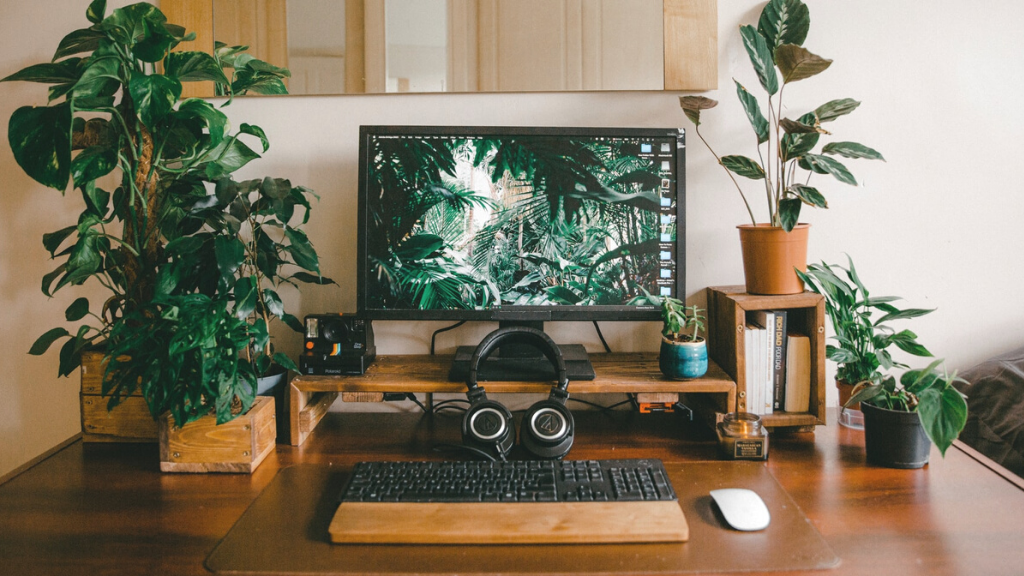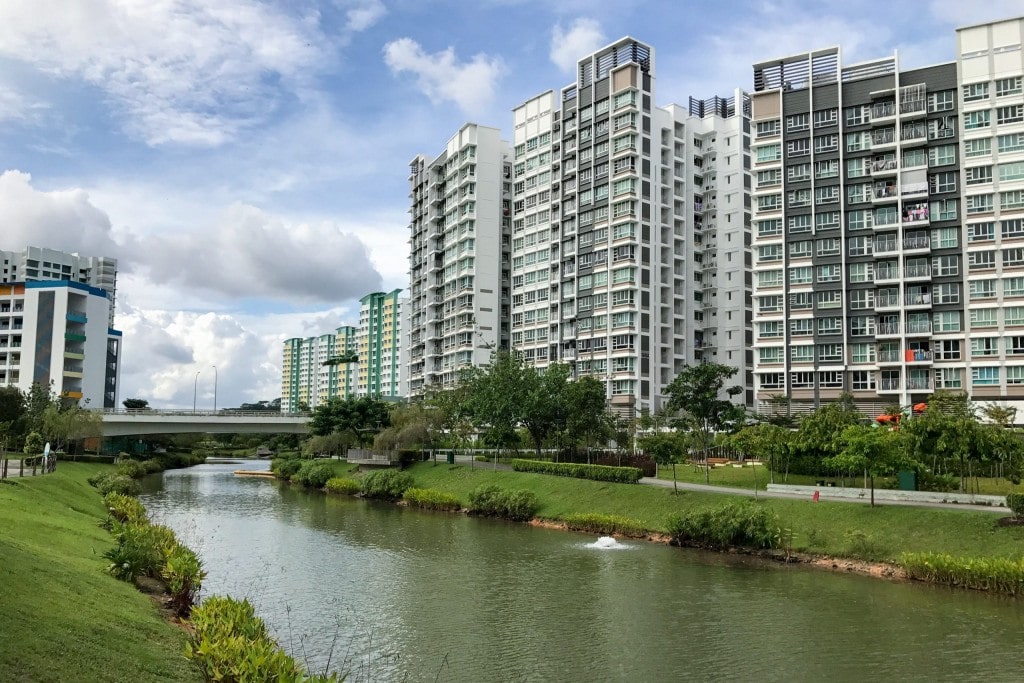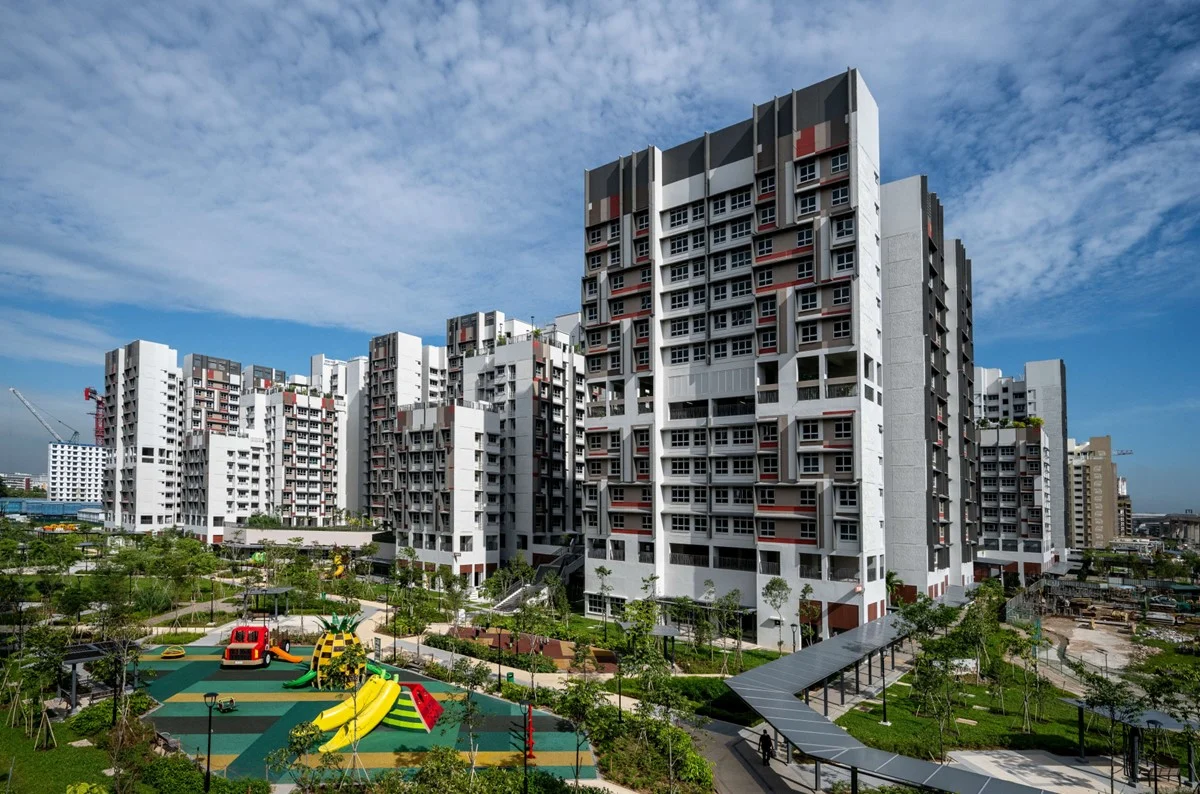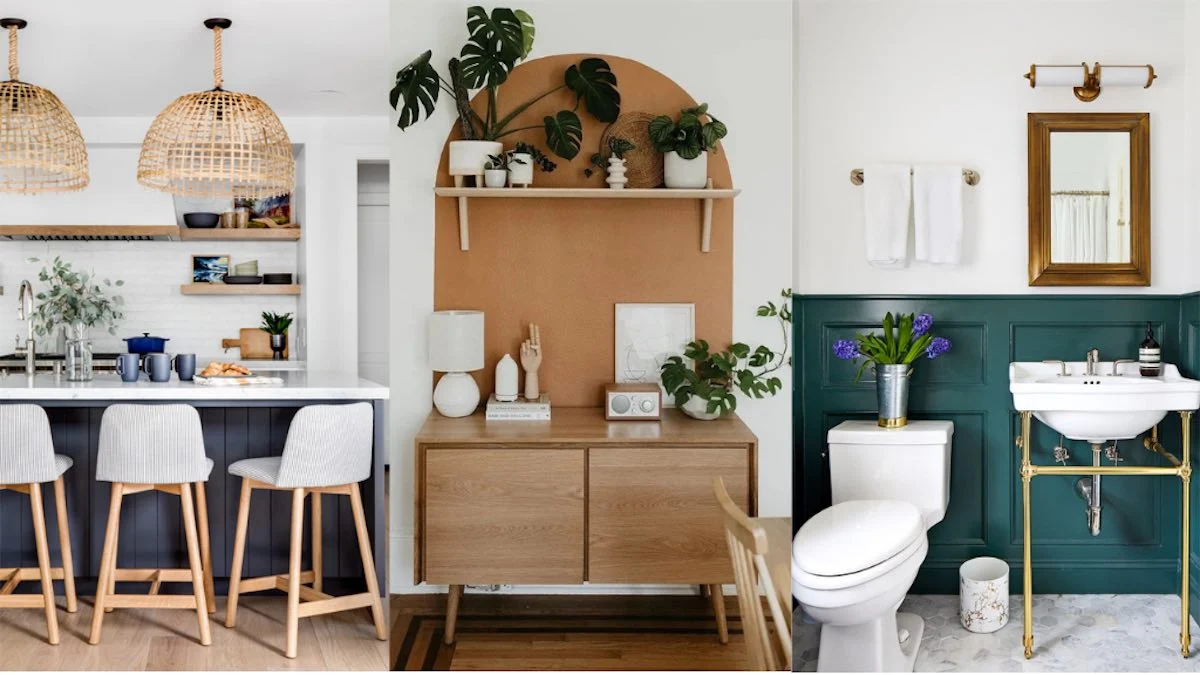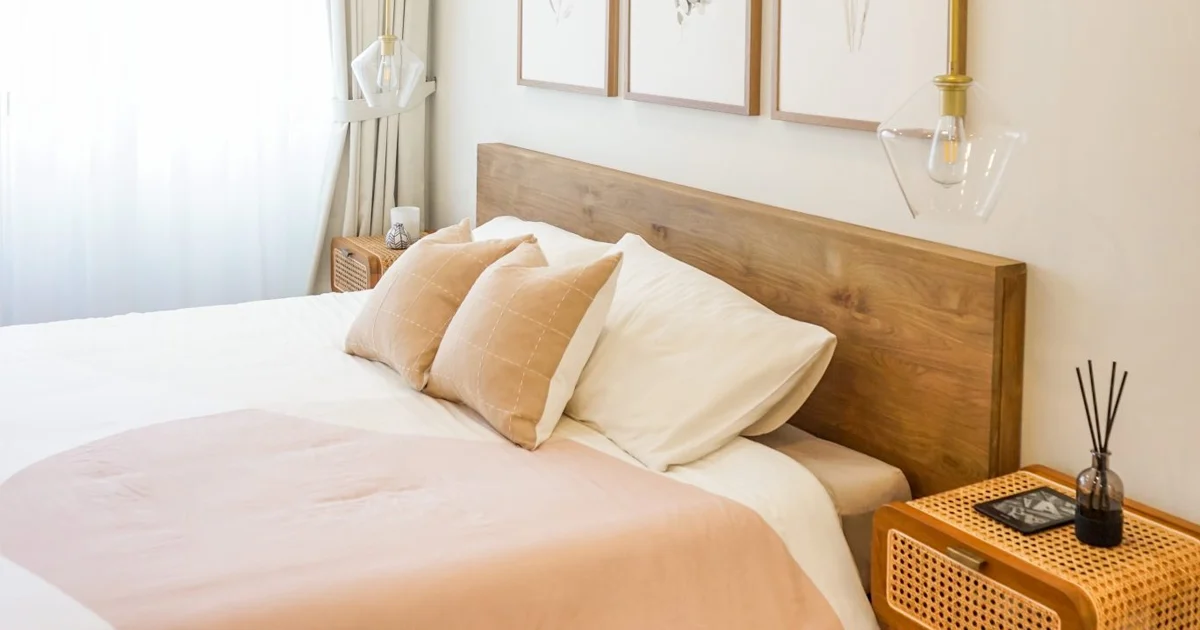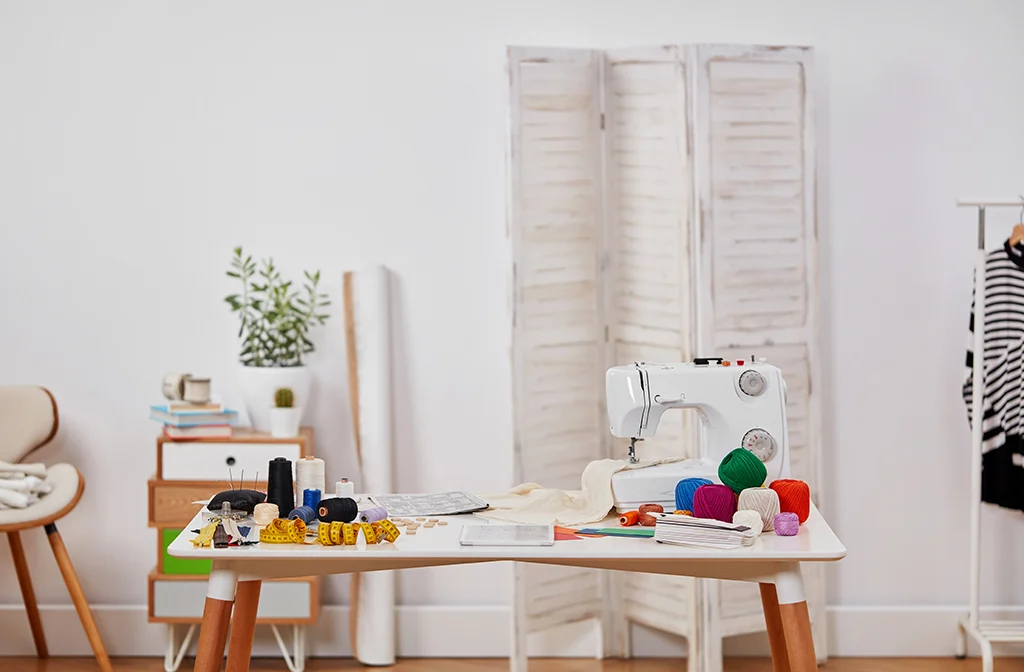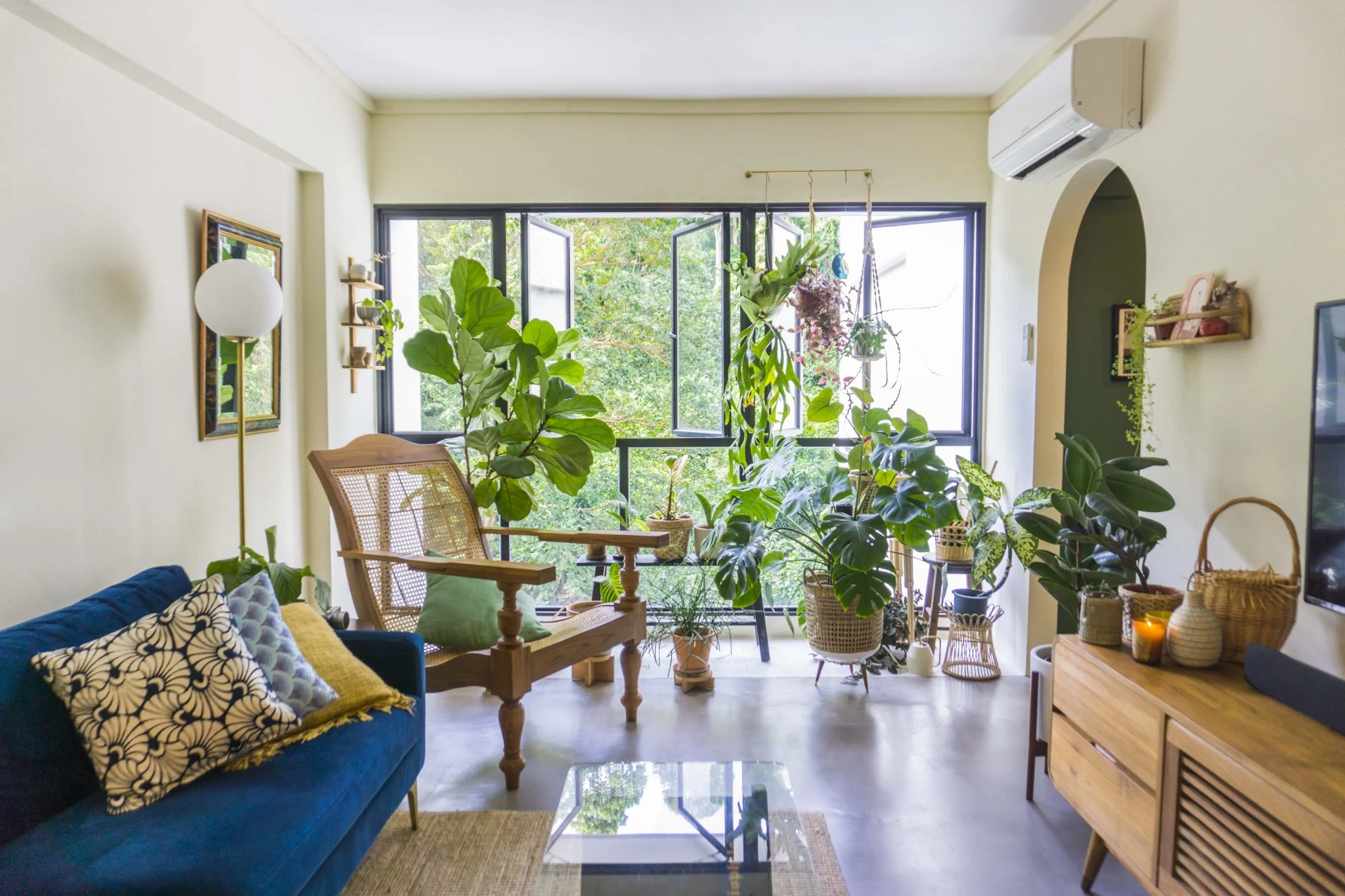There are many ways to lead a greener lifestyle, and James Tan decided to do it in a big way—through the design of his eco-friendly home. James, who moved into his new BTO flat with his family last year, is a huge advocate of sustainable living. Thus, ensuring his 5-room flat was fitted with green features was a priority for him.
From energy-efficient lights to green-certified paint, James shares the benefits and tips for designing an eco-friendly home.
Open Spaces, Cooler Temperatures
Most of us would turn to the air conditioner when it comes to beating the tropical heat. It may be the quickest way to do so, but it’s not the most energy-efficient. While fans are the next best alternative, ensuring cross-ventilation can also help keep the rooms cool.
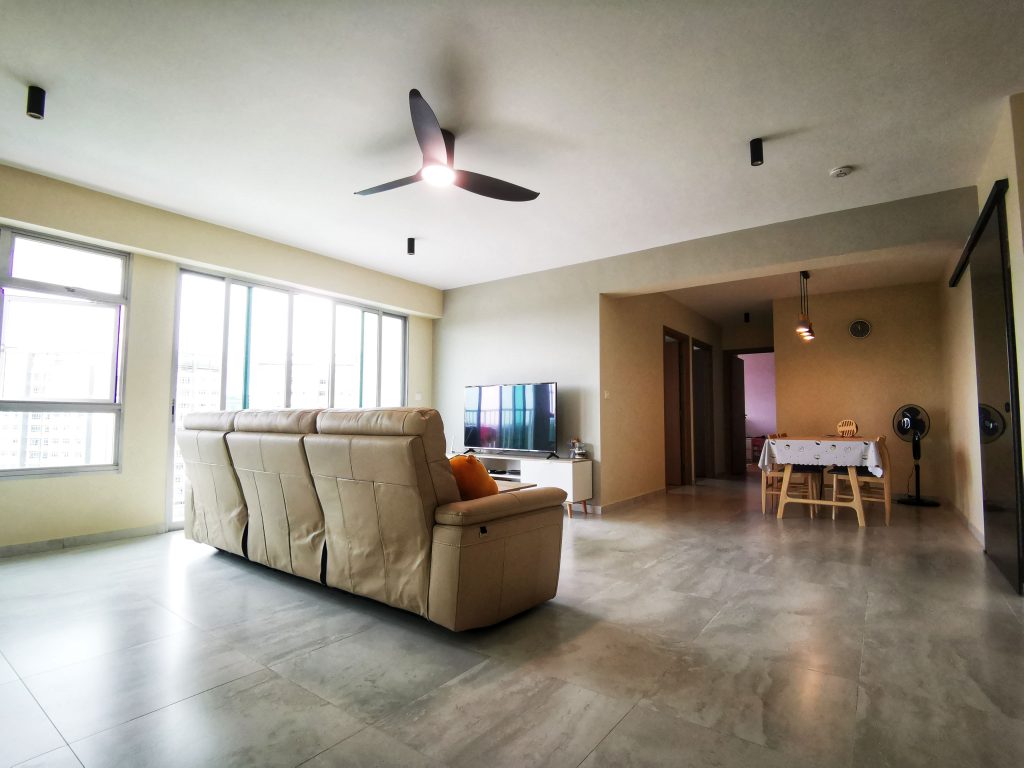
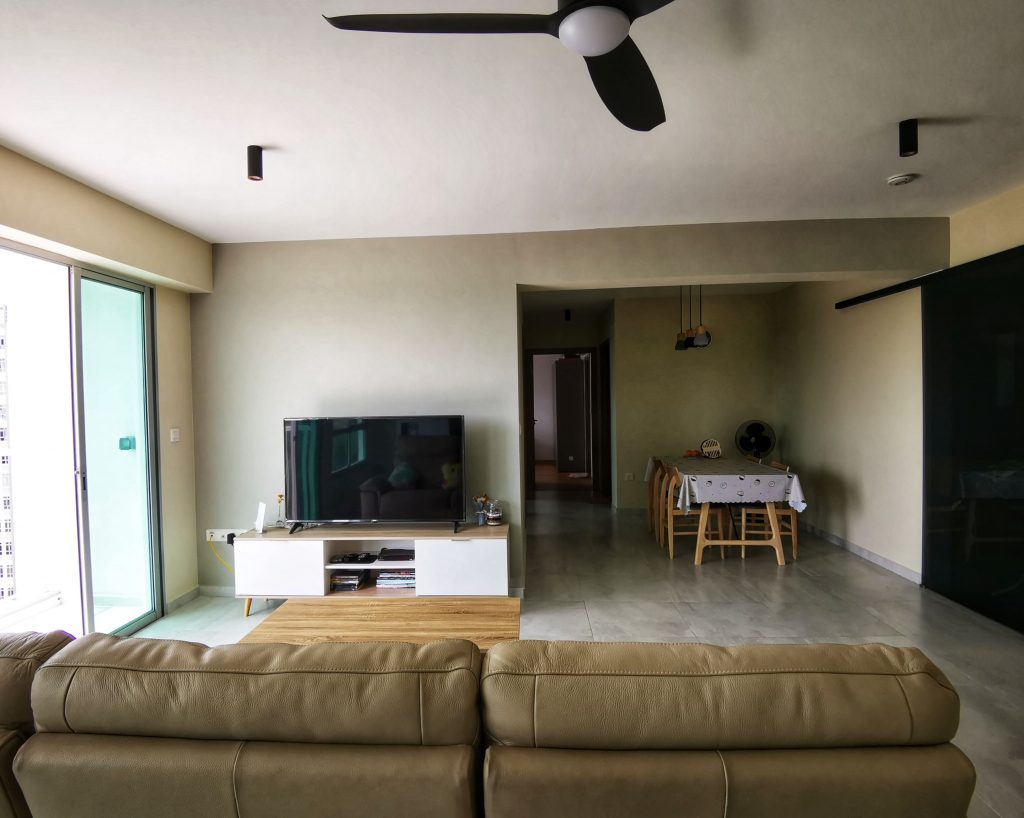
“When designing our eco-friendly home, we adopted an open concept for the communal area to allow better ventilation within the flat, to help keep the temperature of the house relatively low,” James explains. “Deliberately keeping the design of a home minimal can also maximise ventilation.”
Going Green, Literally
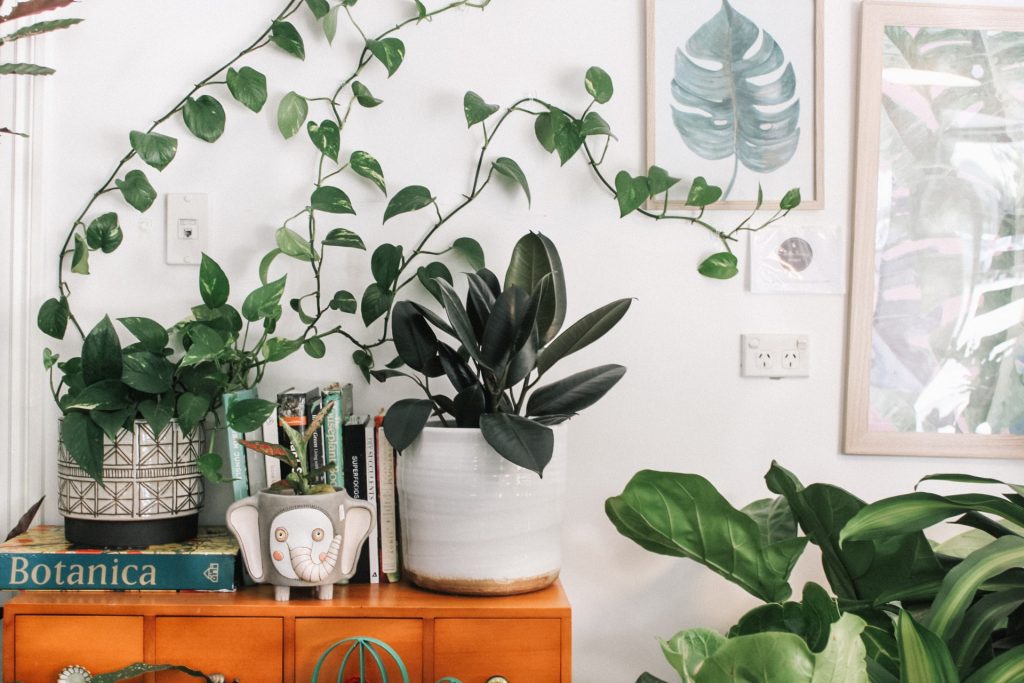
Did you know that house plants can help with keeping the ambient temperature cool? Not only that, introducing greenery into your home can improve the surrounding air quality and amp up your home’s aesthetic factor.
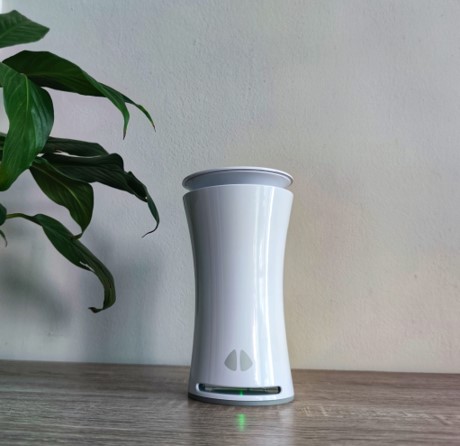
Adopt Energy-Efficient Features
An energy-efficient feature that home owners might be familiar with is LED lighting. These light bulbs last longer and are relatively more durable. Other features include motion-sensing lights and water-efficient fittings, all of which are found in James’ home.
“Not only is a green-enabled home beneficial for the natural environment, it enhances home owners’ overall living experience and well-being. Additionally, going green and being energy-efficient also allows us to enjoy utility savings,” James says.
Use Green-Certified Materials
When renovating his eco-friendly home, James ensured that all materials are certified by the Singapore Green Building Council (SGBC) where possible. These include paint, carpentry laminates, floor screed and tile adhesive that comprise low levels of toxic substances and emissions.
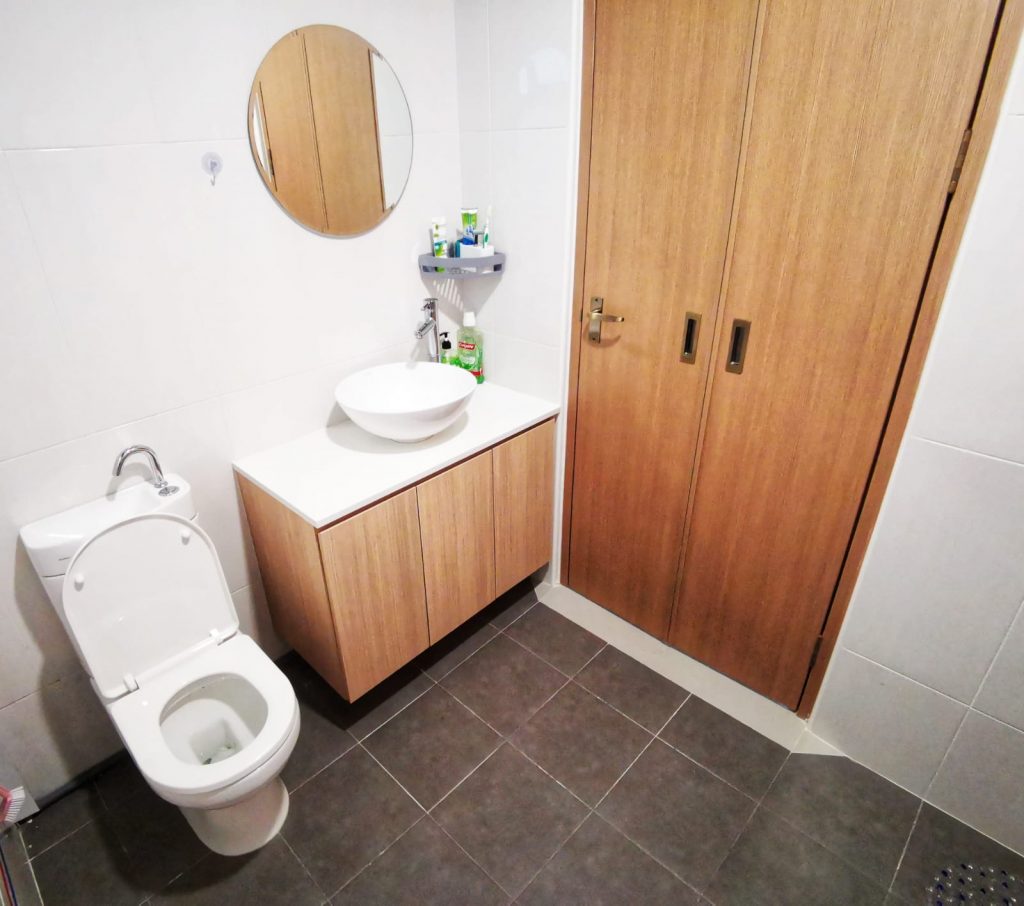
“If you’re looking to use eco-friendly materials, do incorporate them from the start, as making changes would be challenging and costly once renovations works are completed.”
Furnish Sustainably
There are a few ways to furnish sustainably. When furniture shopping, consider the source of the materials. In addition to being ethically sourced, James advises to purchase pieces with eco-friendly components, to ensure the minimal presence of VOCs.
Instead of brand new furnishing, opting for vintage furniture or repurposing an existing piece are also sustainable alternatives for an eco-friendly home.
For more interior design inspiration, check out our Home Tours and or home design ideas!
